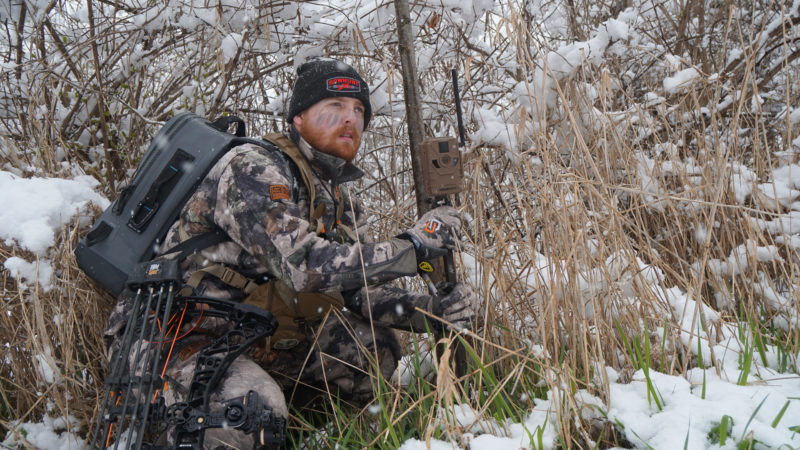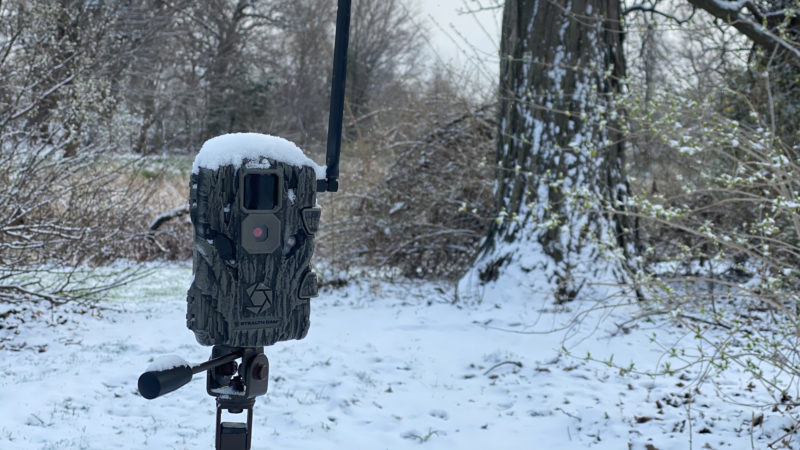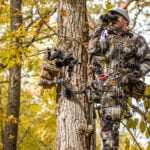Cellular trail cameras are a great tool for deer hunting. Deer hunters love them. But are they fair? Do they give hunters an unfair advantage over the game they pursue?
Some wildlife agencies in states across the country, seem to think that cellular-linked trail cameras push the bounds of fair chase for wildlife. A growing number of states have banned such use entirely, or at least for the duration of hunting season.
But what do you think? Should cellular trail cameras be allowed on public land?

The Arizona Game and Fish Department recently held their annual commission meeting. During the meeting, the commission approved Option #1 in a 5-0 vote which is to ban the use of all trail cameras, as stated below…
OPTION 1
Ban the use of all trail cameras
R12-4-301: Repeal definition of “live action trail camera.”
R12-4-301: Add definition: “Trail camera” means an unmanned device used to capture images, video, or location data of wildlife.
R12-4-303: A person shall not use a trail camera, or images from a trail camera, for the purpose of taking or aiding in the take of wildlife, or locating wildlife for the purpose of taking or aiding the take of wildlife.
Nevada has also banned the use of trail cameras on public land at certain times of the year. It’s a tough blow to hunters considering 90% of the state is public.
When I lived in Montana, there was constant dancing around the topic of trail cameras, specifically when and where you could use them. Montana Fish, Wildlife and Parks (MFWP) banned the use of all trail cameras during hunting season in 2010, however, a more recent amendment limits the ban to just cellular-linked cameras.

The Real Problem
A broader look shows that the real problem may lie beyond the topic of fair chase for wild animals.
“This isn’t just about fair chase and animal disturbance,” said Keith Balfourd of the Boone and Crockett Club. Balfourd says the excessive amount of cameras set up at water holes and other popular public land spots across the west are resulting in more conflicts among hunters.
“It was starting to take game wardens away from other, more serious work,” Balfourd said. “Instead of working on things like poaching cases, they were getting sucked into disputes and being asked to investigate stolen cameras.”
Another real concern among hunters is when states take a one-size-fits-all approach to what they ban or allow. What may not be the best move for wildlife over a water hole in Nevada is hardly a model for what should be done in the whitetail timber across eastern states.
So where do you draw the line?
What are the pros and cons of cellular trail cameras on public land, east and west?
Should cellular trail cameras be allowed on public land?
Comment below and let us know what you think.

 By
By 



